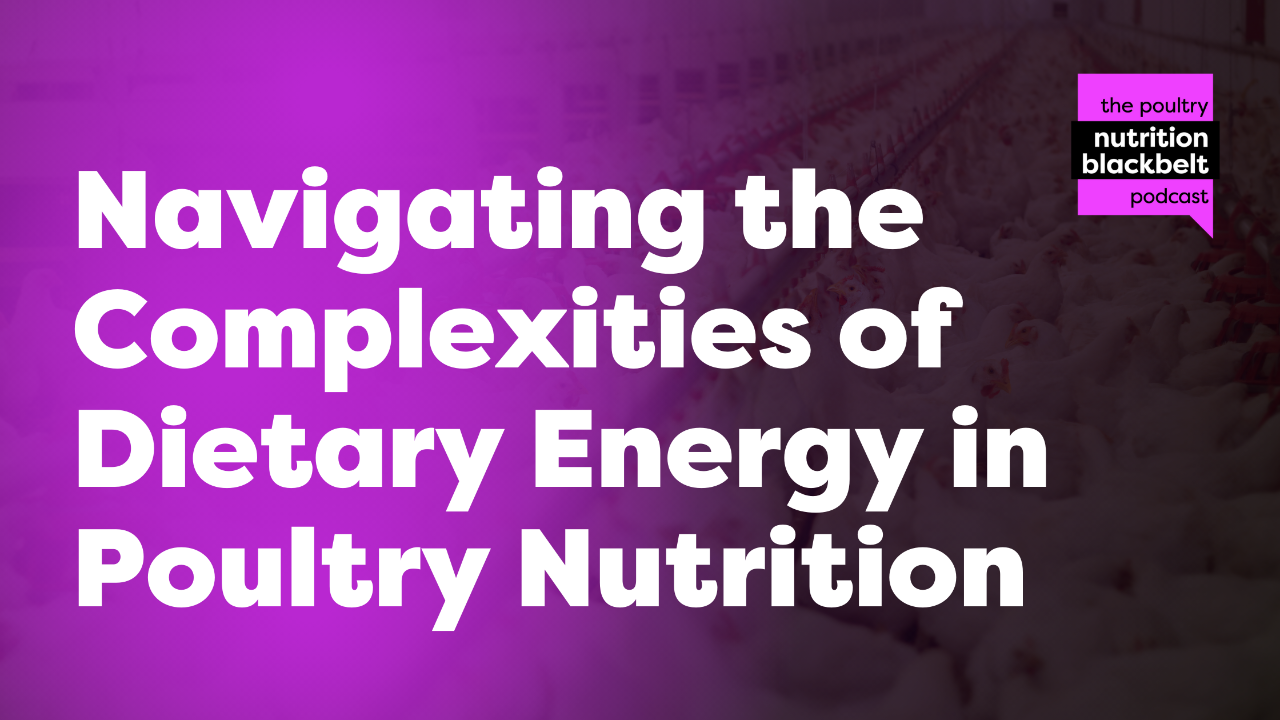
Navigating the Complexities of Dietary Energy in Poultry Nutrition
Feb 02, 2024In the ever-evolving world of poultry nutrition, one of the most critical components that continues to challenge and intrigue industry experts is dietary energy. This component plays a pivotal role in balancing the cost-effectiveness and performance optimization of various poultry types. Despite being a long-standing focus in the field, dietary energy still presents numerous unanswered questions and inconsistencies, particularly in how it's evaluated and assessed.
Understanding dietary energy starts with comprehending what poultry needs in terms of nutrient energy concentration in their diets. This requirement is influenced by the available ingredients and the specific nutrients and energy each ingredient contributes. The process of formulating a complete diet to meet these needs is complex and requires a nuanced understanding of these variables.
Interestingly, modern broilers have shown a varied response to dietary energy, differing from responses observed in previous decades. Advances in genetic selection have led to broilers that respond more sensitively to adjustable amino acid content rather than dietary energy. However, it's worth noting that even lower-energy, higher-fiber diets can still meet or exceed performance objectives, highlighting the adaptability of poultry to various energy levels.
The primary sources of dietary energy in poultry come from cereal grains and dietary fats. However, the dynamics of these ingredients, particularly in the U.S., are changing. The increasing demand for renewable diesel and sustainable aviation fuel has led to a shift in traditional fat sources, paving the way for exploring alternative fat and oil sources.
Another critical aspect of poultry nutrition is the evaluation of energy content in individual ingredients. The commonly used system is the apparent metabolizable energy, often corrected for nitrogen. This system, however, has its limitations and may not be as relevant today due to the distinct genetic makeup and nutritional requirements of modern broilers compared to traditional poultry breeds.
A growing area of interest is the concept of net energy. This approach offers a more accurate estimate of the energy value by accounting for the heat increment, although it presents technical complexities in its calculation. Despite these challenges, the pursuit of developing prediction equations for net energy values is ongoing, with the aim of improving accuracy and standardization in poultry nutrition.
In conclusion, the journey of understanding and optimizing dietary energy in poultry is an ongoing and evolving process. With continuous research and advancements in this field, the next decade promises more developments and hopefully, standardization in how dietary energy is understood and utilized in poultry nutrition.
